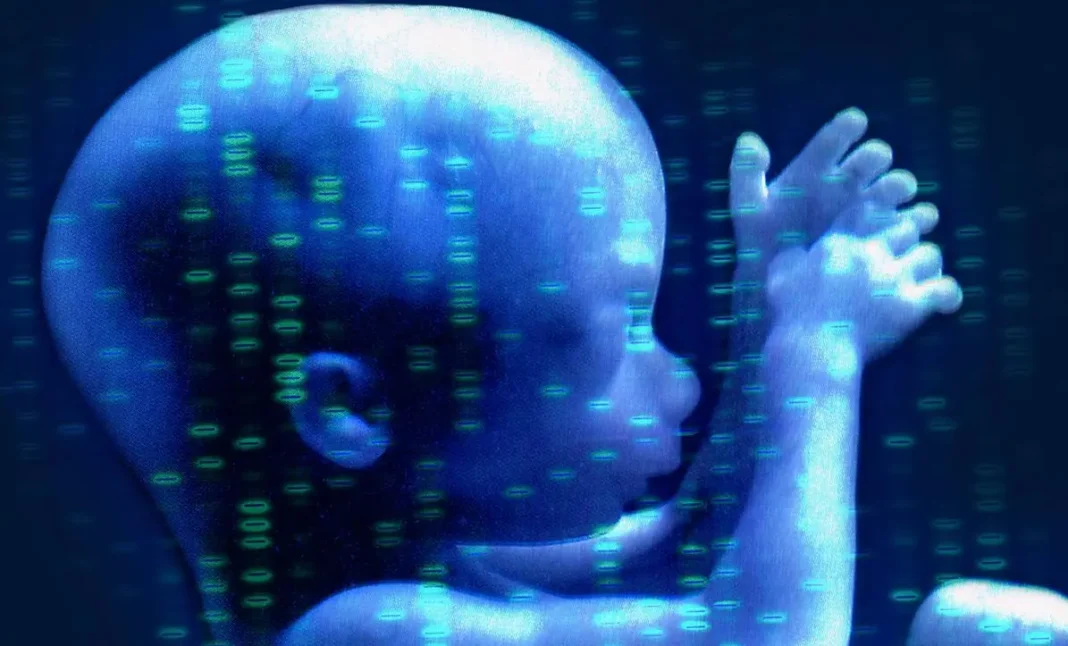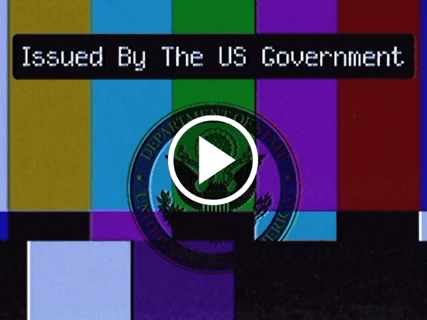In the vein of Prometheus and Frankenstein, human hubris once again pushes the boundaries of nature, thumbing our noses at the divine. A shockwave of disquiet has torn through the scientific community as it has been revealed that scientists have created synthetic human embryos using embryonic stem cells. An unprecedented breakthrough, the likes of which we’ve never witnessed before, surpassing the need for the delicate dance of eggs or sperm.
The purpose?
To shed light on the mysteries of genetic disorders and the biological causes of recurrent miscarriage.
But, dare I ask, are we prepared for what else might emerge from this Pandora’s Box?
Professor Magdalena Żernicka-Goetz, a name as illustrious as it is unnerving, delivered the ground-breaking news at a recent meeting of the International Society for Stem Cell Research in Boston. “We can create human embryo-like models by the reprogramming of [embryonic stem] cells,” she declared, not realizing perhaps the profound ethical quagmire her words evoked.
This revelation, while impressive, leaves a bitter aftertaste.
Will this act of creation reshape the concept of what it means to be human?
These lab-grown lifeforms, as of now, fall into a legislative no-man’s land, neither fully human nor entirely artificial.

In their infancy, these structures do not have a beating heart or the beginnings of a brain, but include cells that would typically go on to form the placenta, yolk sac and the embryo itself. Quite astonishing! Yet the law remains woefully ill-prepared, a naïve Luddite squaring off against the relentless march of science.
The motives behind this monumental scientific endeavor are seemingly noble. The intent is to dissect the enigmatic “black box” period of development, so-called because scientists are only permitted to cultivate embryos in the lab up to a legal limit of 14 days. But who is to say where the line will be drawn next, when we have already thrown the rulebook to the winds?
Robin Lovell-Badge, the head of stem cell biology and developmental genetics at the Francis Crick Institute in London, further elucidated this venture. “The idea is that if you really model normal human embryonic development using stem cells, you can gain an awful lot of information about how we begin development, what can go wrong, without having to use early embryos for research.” A comforting sentiment perhaps, but at what cost?
This scientific leap is not without precedent. Previously, Żernicka-Goetz’s team, along with their rivals at the Weizmann Institute in Israel, managed to coax stem cells from mice into early embryo-like structures complete with an intestinal tract, the beginnings of a brain and a beating heart. One might say we were given a prelude to this startling new chapter.
However, the future remains murky.
It is illegal to implant these synthetic embryos into a patient’s womb, and the question lingers whether these structures can mature beyond the earliest stages of development. This uncertainty alone is enough to breed fear and suspicion.
Furthermore, synthetic embryos created from mouse cells were reported to appear nearly identical to natural embryos. Yet, when placed into the wombs of female mice, they failed to develop into live animals. Similarly, in a chilling experiment, researchers in China created synthetic embryos from monkey cells. A few implanted into adult monkeys showed initial signs of pregnancy but failed to develop beyond a few days.
So, what is the real purpose of these synthetic entities?
Is it merely to advance science and knowledge, or could it be a harbinger of a more sinister goal? Does their creation serve the greater good or only fan the flames of our curiosity, setting us on a dangerous path from which there is no return?
While the world of science marvels at this extraordinary feat, one cannot ignore the very real and tangible dread creeping into our collective consciousness. The chasm between what science can achieve and what it should do is widening at an alarming rate, leaving us in its wake, grappling with ethical and legal conundrums.
This is the era we inhabit, where the boundaries of life and artifice blur, where science-fiction becomes a reality.
The question now is, are we ready for what comes next, or are we merely children playing with fire, oblivious to the inferno we might ignite?
As Lovell-Badge rightly points out, “That’s very difficult to answer. It’s going to be hard to tell whether there’s an intrinsic problem with them or whether it’s just technical.” Perhaps, time will tell.
What’s clear is this: We stand on the precipice of a brave new world, peering into the abyss of the unknown.
This recent development makes the call for stronger legislation pressing.
Science may be ready to forge ahead, but the question is, are we?






